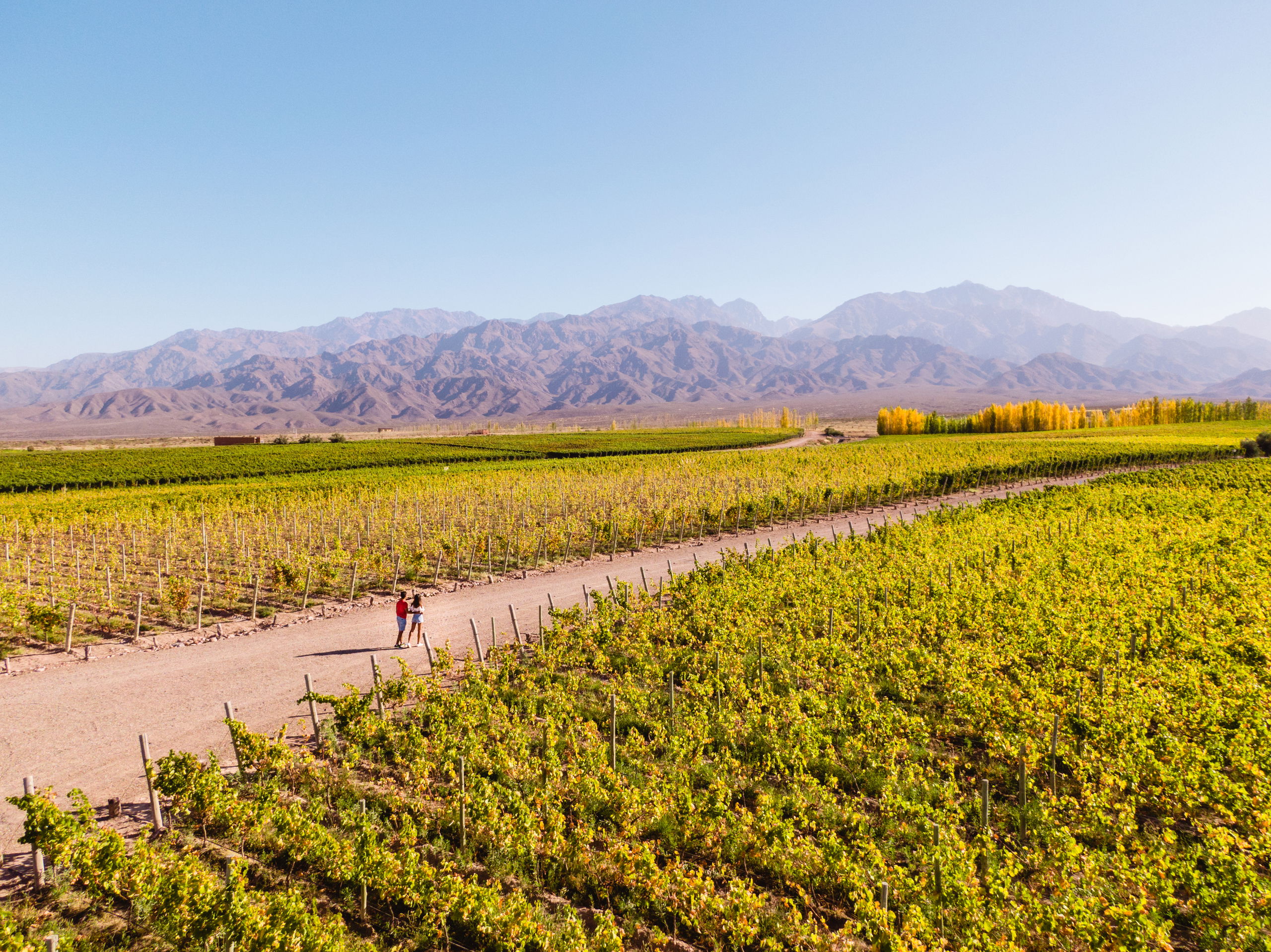
What is the season of harvest?
Traditionally, harvest season refers to the time in late summer through autumn when crops ripen and are gathered from the fields. In much of the Northern Hemisphere, this falls in September and October, when grapes are pressed into wine, olives are gathered from groves, rice fields glisten with water before the cut, and forests yield their most prized fungi.
For cultures around the world, the harvest is more than an agricultural cycle. It is a moment of gratitude, celebration, and communal labor—a reminder that food begins not on the plate, but in the field, the vineyard, the salt pan, or the forest floor.
Here, we trace the season of harvest across continents, from the Andes to the Aegean, revealing what these traditions taste, smell, and feel like in their rightful place.
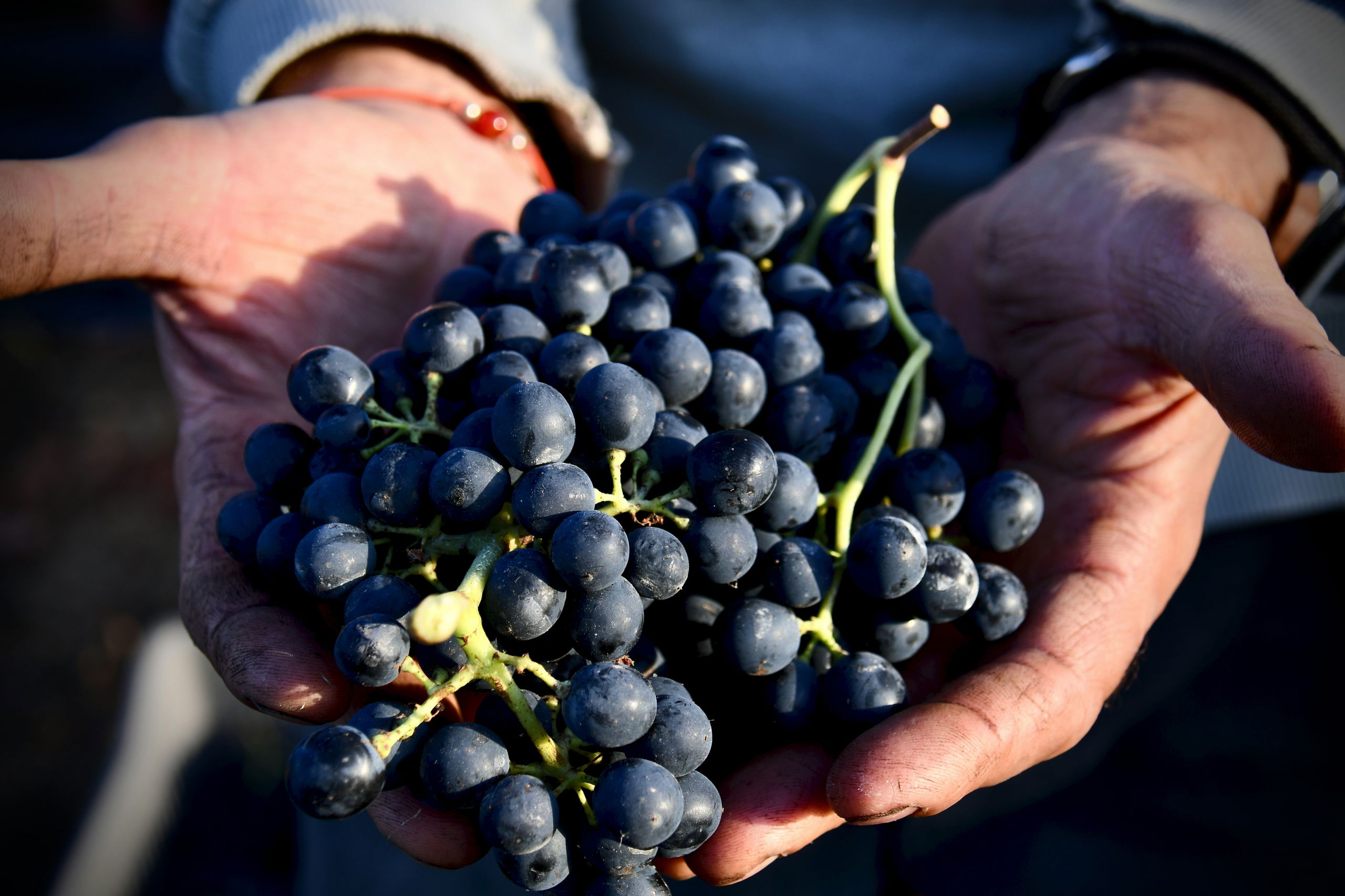
1. Wine Harvest in Argentina
In Argentina, La Vendimia, the grape harvest, is both an agricultural necessity and a cultural festival. Vineyards in Mendoza stretch at the base of the Andes, where crisp air meets fertile soil. By September, the vines have surrendered their fruit, filling baskets with Malbec grapes—plump, dark-skinned, and destined for fermentation.
The harvest season is rhythmic: pickers moving in unison, the sticky-sweet scent of crushed grapes filling the air, the first press of juice staining hands and wooden vats alike. For Argentinians, this is a time of pride and celebration. Local festivals honor vineyard workers with parades, music, and communal meals. Wine, after all, is not just a product here—it is an identity.
2. Wine Harvest in France & Italy
Across the Atlantic, vendange in France and vendemmia in Italy take on a similarly ritualized form. In Burgundy, Bordeaux, and the Loire Valley, September mornings are cool and damp, filled with the laughter of harvest crews moving between rows of vines. In Tuscany and Piedmont, families work together to cut heavy clusters of Sangiovese and Nebbiolo grapes, filling crates that will soon become Chianti or Barolo.
The harvest here is as much celebration as labor. Villages host festivals, taverns pour new vintages, and entire towns seem to pause in recognition of the season. For travelers, it’s an intimate glimpse of Europe’s wine heritage—not as something bottled and distant, but as an act of living culture.
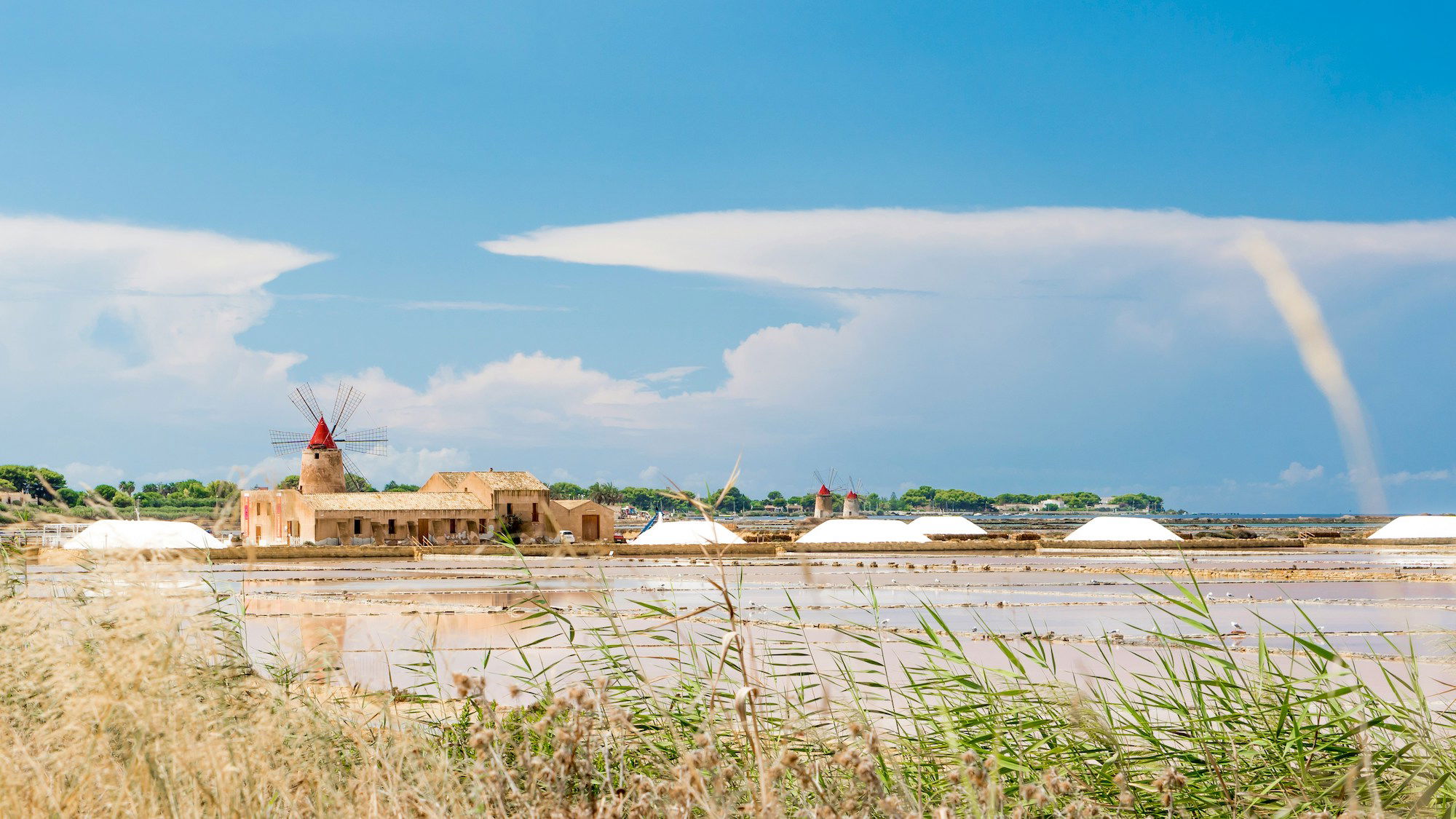
3. Salt Harvest in Trapani, Sicily
On the western coast of Sicily, the salt pans of Trapani become a surreal landscape in late summer and early autumn. Shallow pools reflect the sky, their surfaces gradually encrusted with crystals of white gold. Workers with wooden rakes drag the salt into pyramids, which glow pink and gold in the evening light.
This harvest dates back to Phoenician times, and the process remains largely unchanged. The air is heavy with brine; flamingos step delicately through the waters, their presence as much a part of the season as the salt itself. For Sicilians, this harvest is about continuity—maintaining a craft that defines their region’s flavor, from preserved anchovies to the perfect sprinkle on grilled swordfish.
4. Rice Harvest in Thailand
The rice harvest in Thailand is elemental, tied to spiritual rituals as much as sustenance. By October, waterlogged paddies shimmer in the sun, stalks heavy with grain. Farmers cut the rice by hand, stacking sheaves that will be threshed and dried before filling bowls across the nation.
This is more than labor—it is a cultural cornerstone. Rice, or khao, anchors every meal and even every greeting. The harvest season is marked by gratitude ceremonies where offerings are made to Mae Phosop, the rice goddess, thanking her for abundance.
Walking through a Thai village during the harvest, one might hear the rhythmic swish of sickles, smell straw drying in the sun, and watch as whole families, from grandparents to children, work together. For travelers, it offers rare insight into why Thai cuisine, with its layers of flavor and balance, begins with something as humble and revered as rice.
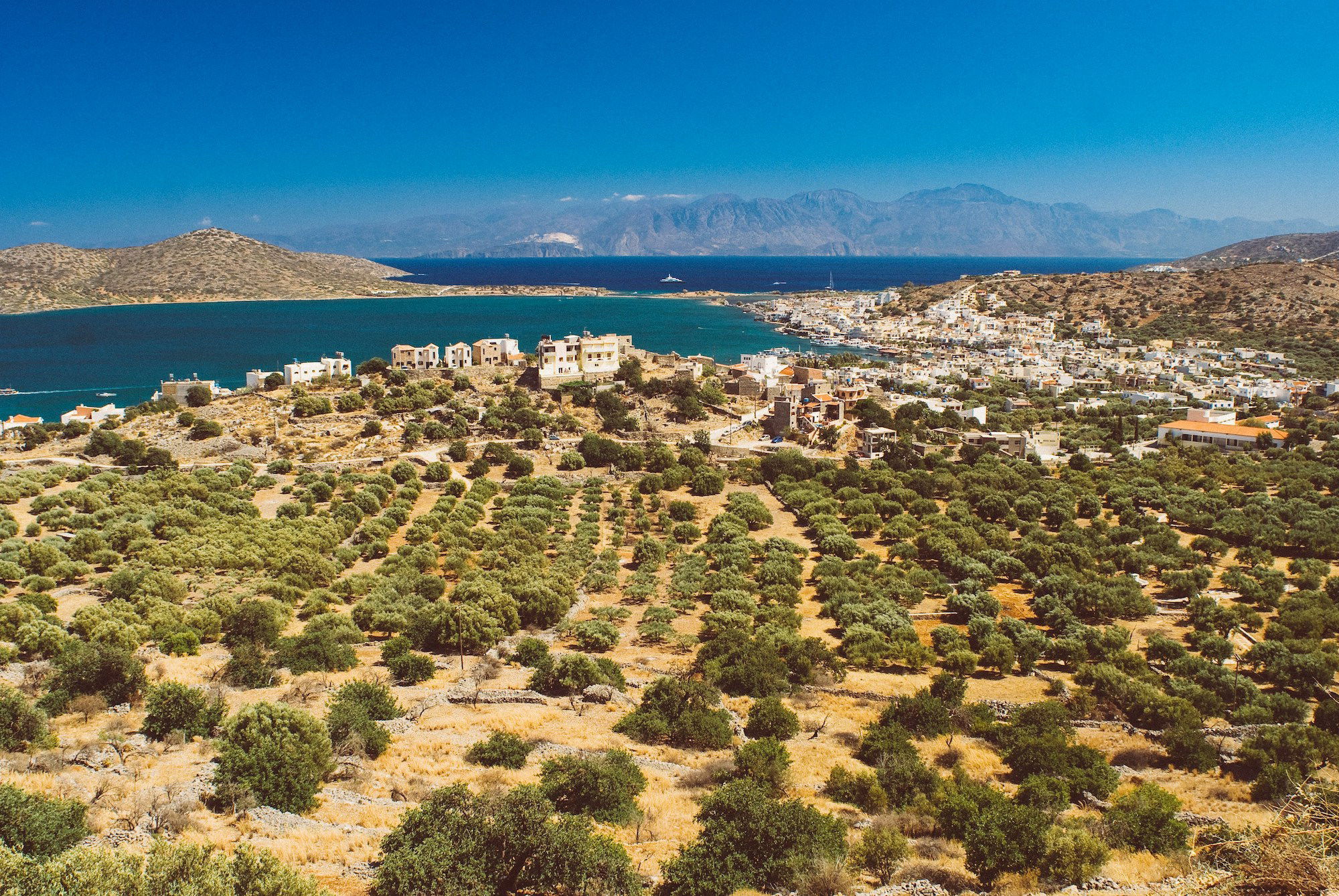
5. Olive Harvest in Greece
Few images are as emblematic of the Mediterranean as the olive harvest. In Greece, September and October mark the beginning of the season, when families gather in groves that may be centuries old. Nets are spread beneath the trees, branches are combed or shaken, and olives tumble like jewels to the ground.
The air fills with the peppery, green scent of freshly pressed oil. Mills come alive with the low churn of stone wheels crushing fruit into paste, the golden-green liquid flowing thick and cloudy before it settles. For Greeks, olive oil is more than a condiment—it is the cornerstone of life, a symbol of prosperity, and a gift of the gods.
To taste new oil in harvest season is to taste vitality itself—grassy, sharp, almost electric on the tongue. This is the season when Greece’s culinary heart beats loudest.
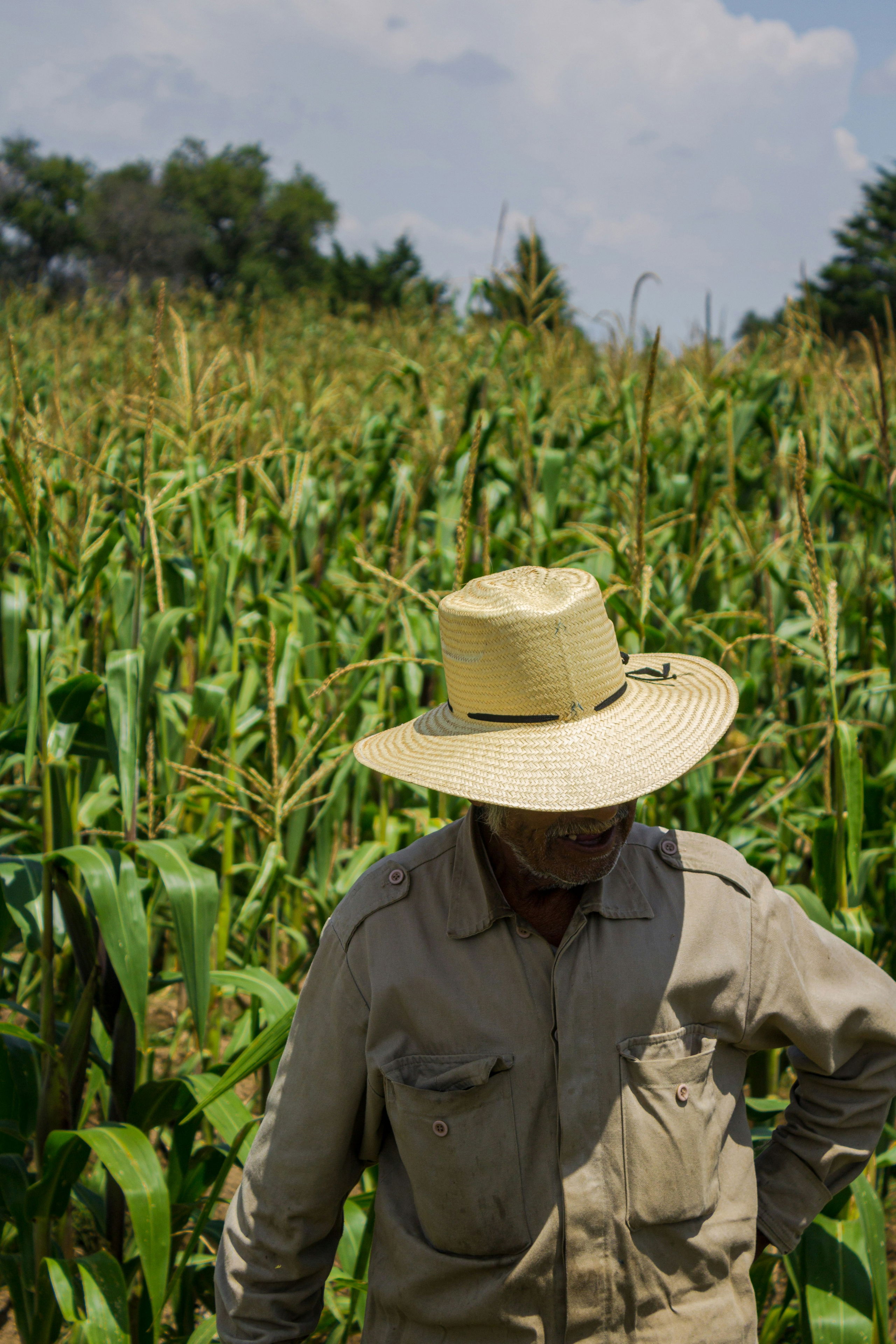
6. Chestnut Harvest in Italy & Spain
As autumn deepens, chestnut trees across the hills of Piedmont, Tuscany, and Galicia drop their spiny husks. The harvest is hands-on—gloves and baskets in hand, locals gather glossy brown nuts that will soon be roasted, ground into flour, or folded into desserts.
Chestnuts once sustained mountain communities through long winters, and their harvest still carries echoes of gratitude and survival. Festivals called sagre in Italy and Magosto in Spain celebrate the chestnut with bonfires, music, and plenty of local wine. The air smells of woodsmoke and caramelized nuts—a scent that signals both abundance and nostalgia.
7. Corn Harvest in Mexico
In Mexico, the corn harvest is both sacred and practical. By September, tall stalks are cut, husks peeled, and cobs dried for masa, the dough that becomes tortillas, tamales, and countless other dishes.
Corn is more than food—it is mythology, tied to the Popol Vuh and the belief that humans themselves were formed from maize. The harvest coincides with preparations for Día de los Muertos, as corn becomes tamales wrapped in husks or sweetened breads baked for ancestral altars.
For travelers, the corn harvest reveals Mexico’s culinary soul. The aroma of fresh tortillas rising from comales, the earthy sweetness of roasted elote, the symbolic presence of maize in festivals—all remind us that this grain remains the foundation of an entire culture.
8. Mushroom Foraging in Japan
As autumn settles into Japan, forests in Nagano, Tohoku, and beyond begin to yield their treasures: matsutake mushrooms. These prized fungi grow symbiotically with red pine trees and are notoriously difficult to cultivate, which makes them some of the most expensive mushrooms in the world.
The harvest is brief—just a few weeks between September and October—and deeply anticipated. The matsutake’s aroma is incomparable: earthy yet bright, with notes of spice and pine. In Japanese culture, its presence on the table signals both luxury and the fleeting beauty of the season.
Foragers walk in silence, ears tuned to the forest, noses lifted for the faint, spicy scent that signals matsutake nearby. In Kyoto, a traditional autumn meal might feature matsutake steamed with rice in clay pots, its fragrance escaping in tendrils when the lid is lifted. This is harvest as poetry, fleeting and profound.
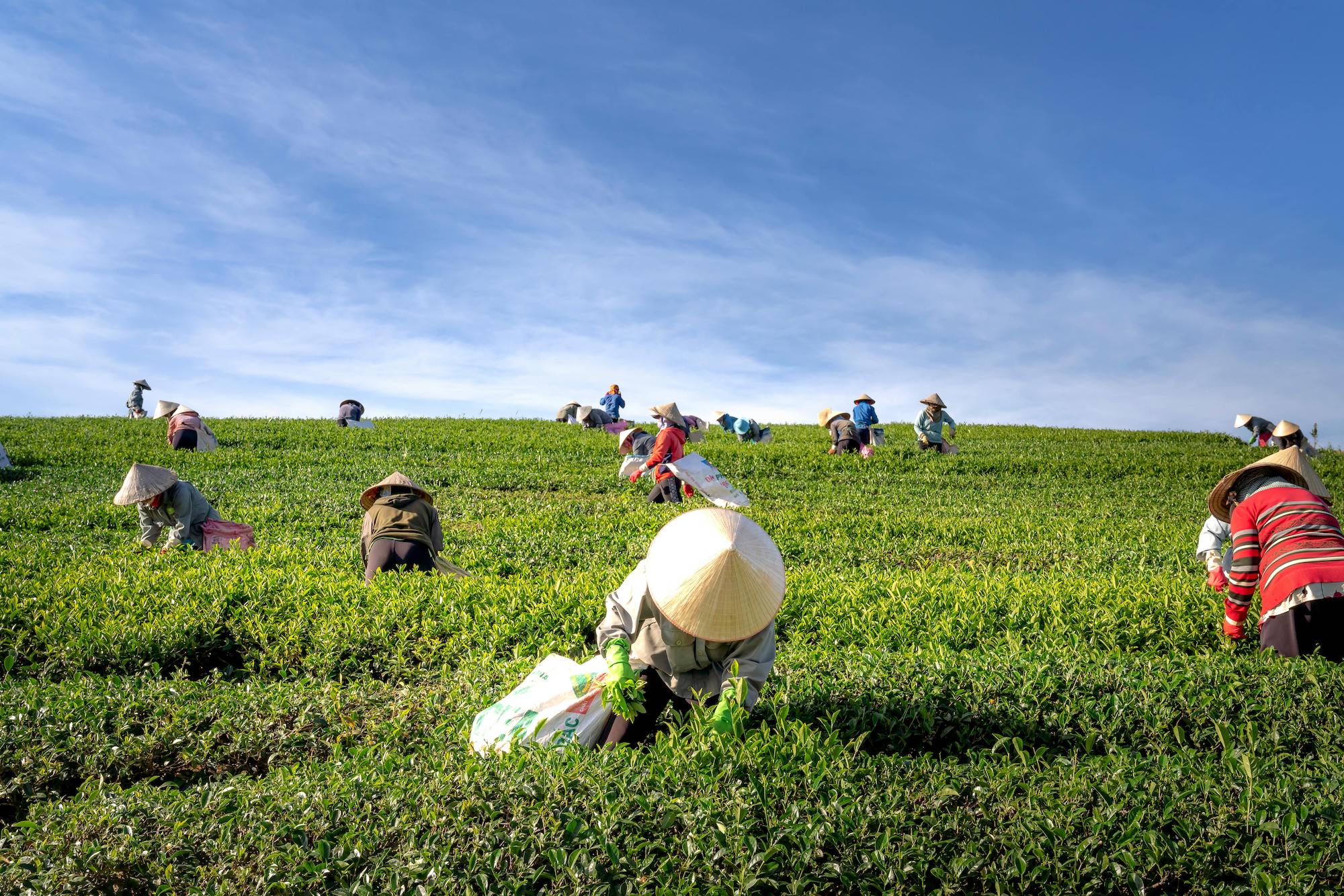
Why Harvest Season Matters
Harvest season, whether in a vineyard, paddy, grove, salt pan, or forest, is a reminder of food’s origins. It marks the turning of the earth’s rhythms and the labor of those whose hands carry tradition forward. For travelers, witnessing a harvest is not only about observing—it’s about understanding the connection between culture and cuisine, ritual and sustenance.
At Modern Adventure, our journeys are designed to bring travelers into these moments. Whether it’s tasting olive oil at the press in Crete, joining a chef for a market tour in Palermo, or sharing a glass of Malbec with vintners in Mendoza, we believe travel should connect you to the land and the people who tend it.
Discover our luxury small-group tours and see how the harvest season reveals the essence of place, culture, and taste.



